Recommended vegetables
Radish
1. Choose fresh and healthy radishes (there are many kinds of radishes, including white radishes, carrots and carrots)
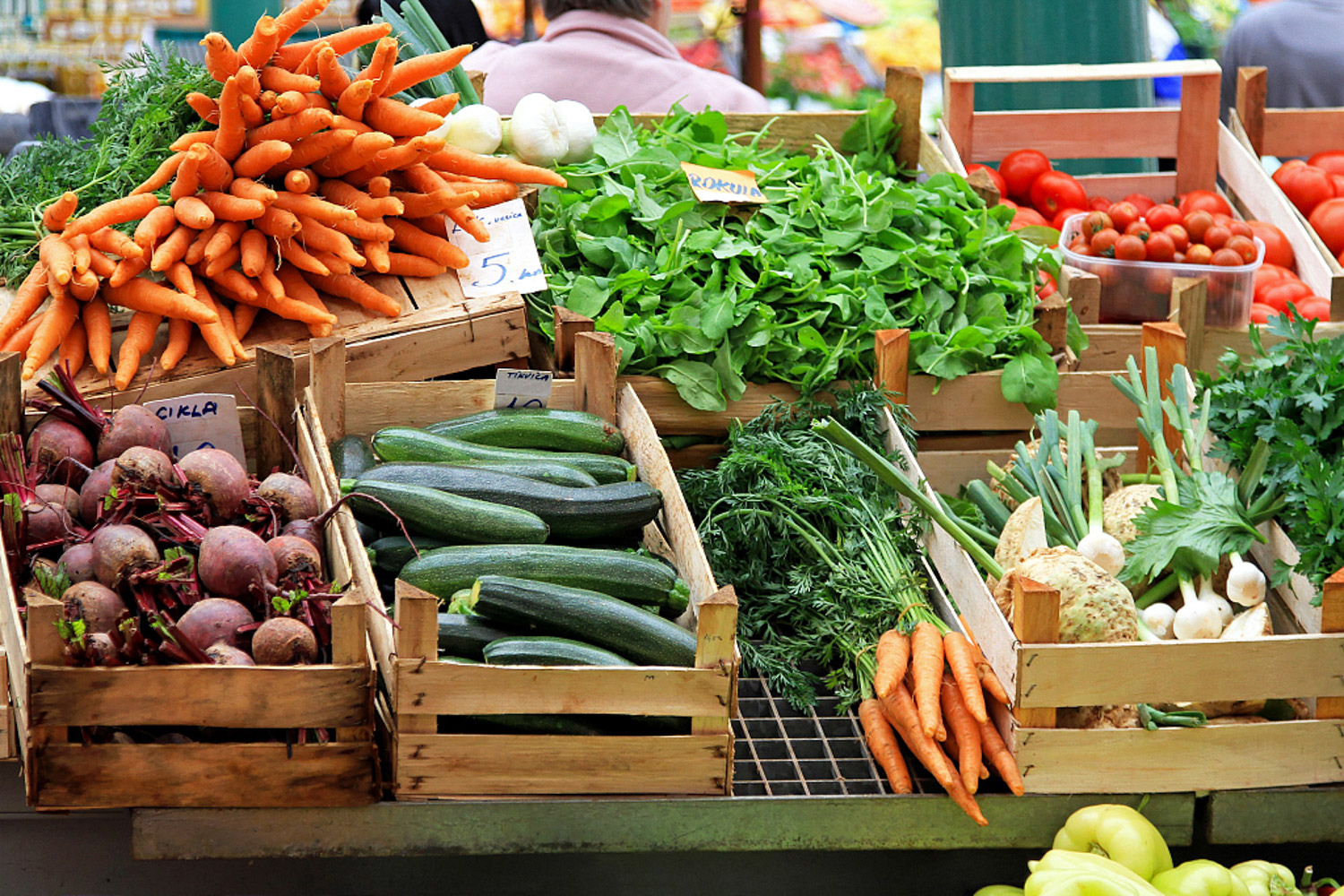
2. Use a sharp knife to cut off the radish head, about two or three centimeters high. If hydroponics is easy to be higher, you can cut the radish head higher
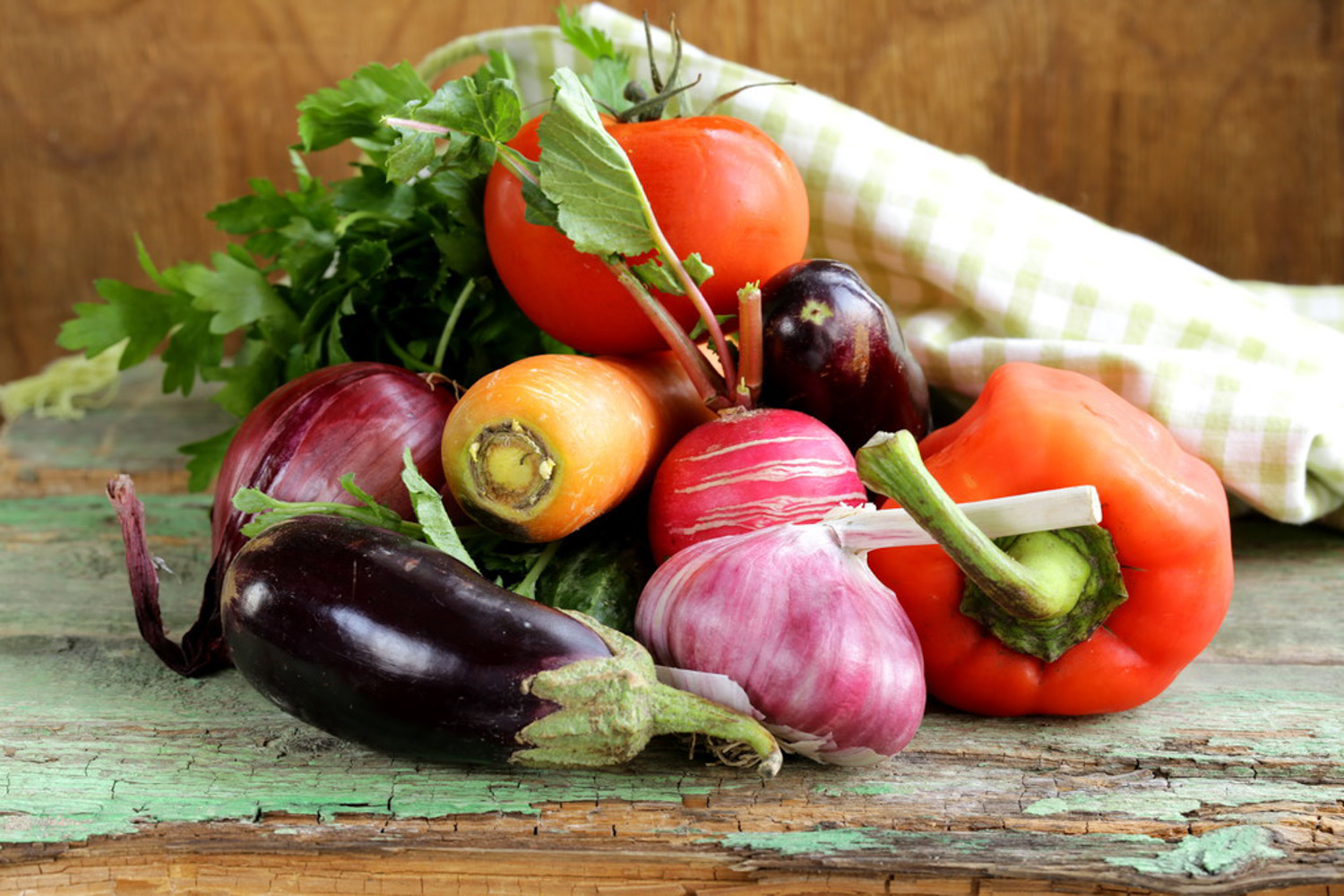
3. Pour about one centimeter of water into the hydroponic container, and then put the carrot head in
4. Put the hydroponically cultured carrot head at the scattered light, and the radish buds can grow in a week or so. It can also be operated in winter
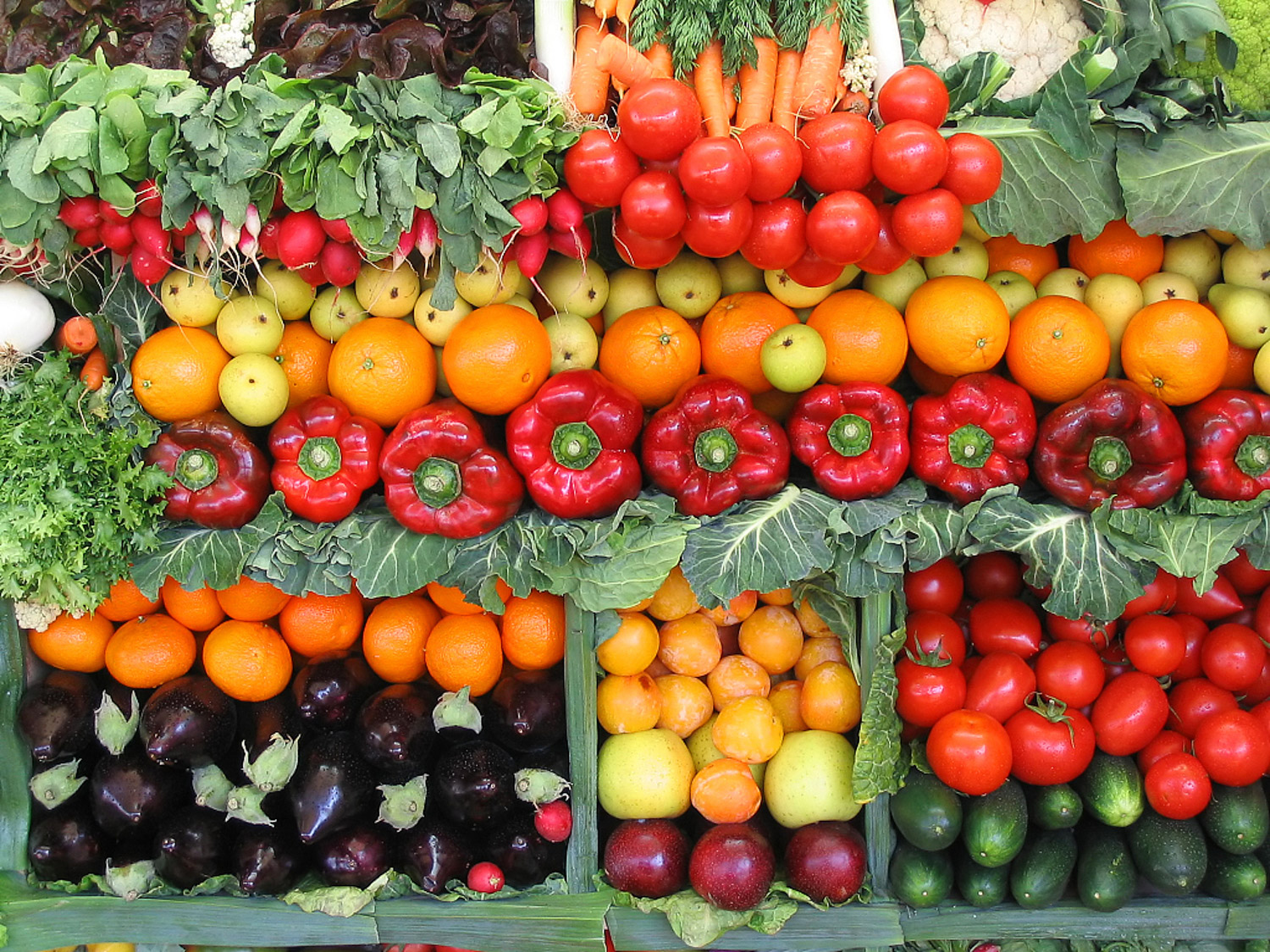
5. Hydroponic radishes can also blossom. Lavender flowers are fresh and elegant

(author: a CAI's blog source: Sina blog)
Recommended vegetables
Cabbage
1. Wash the prepared cabbage roots with clean water, remove the soil from the roots, and be careful not to hurt the roots
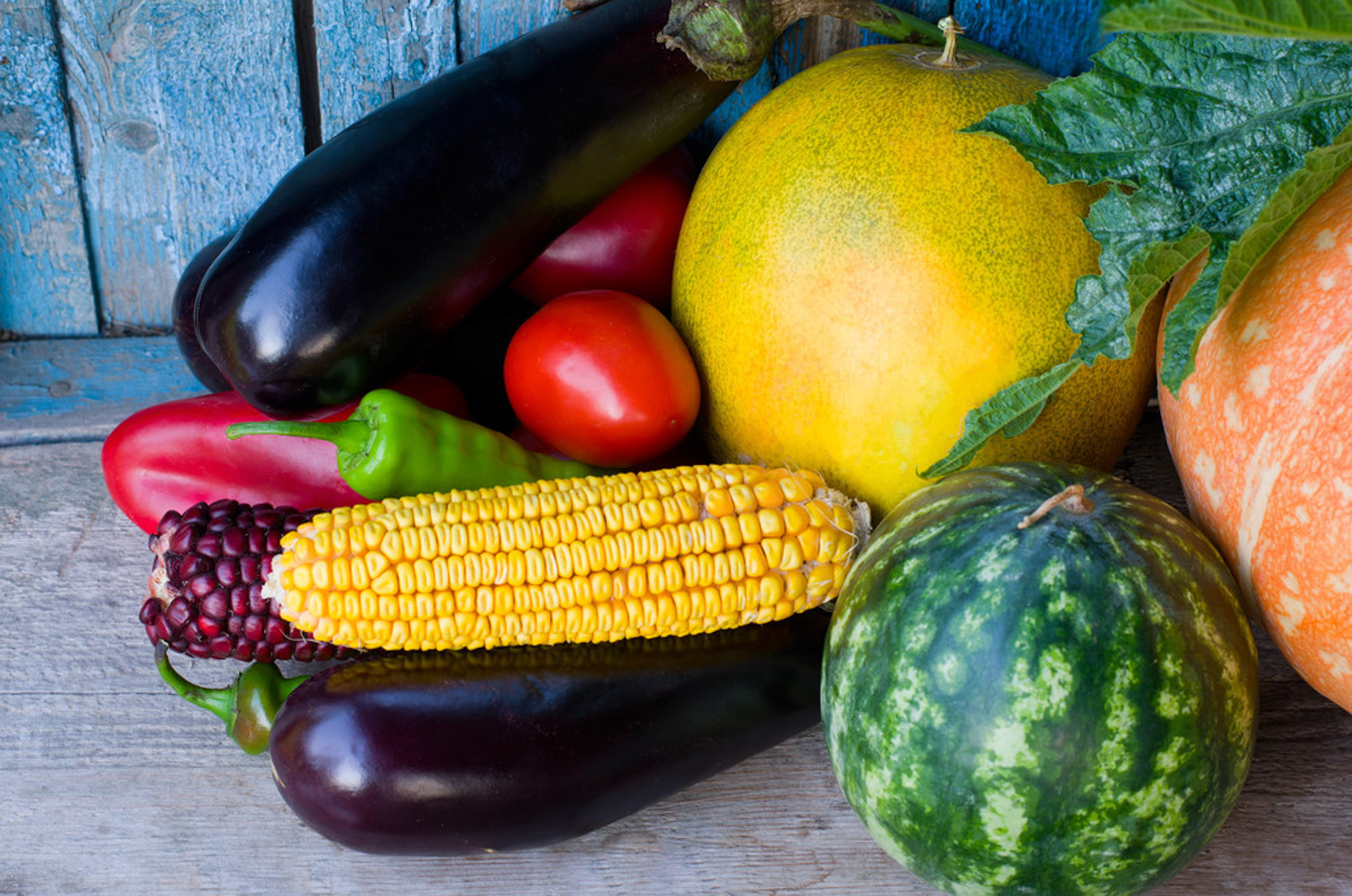
2. Put the washed cabbage roots into a hydroponic container
3. Fill the hydroponic container with clean water, which is less than one third of the root of Chinese cabbage. Too much water will cause Chinese cabbage to rot
4. Put the hydroponic cabbage roots in the sunny place at home, balcony, living room and other places. Change the water once every three or four days. After a period of time, the cabbage will draw out flower buds
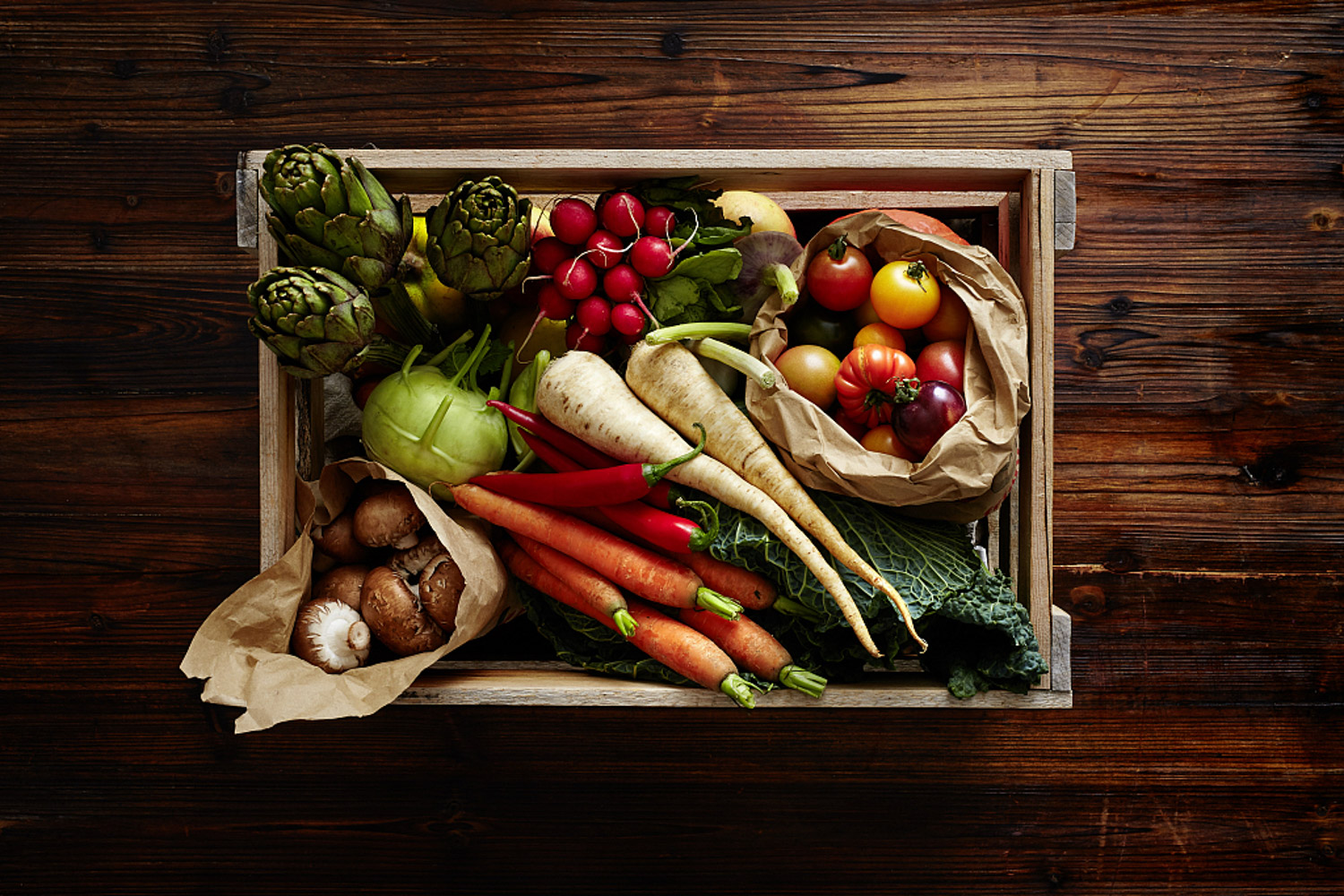
Like cabbage, there are celery roots, lettuce roots and green onion roots that can be hydroponically cultured. The method is the same. Flower friends can try it
Recommended vegetables
Lotus root
1. For lotus roots bought in the vegetable market, choose strong, fresh and complete lotus roots. The terminal bud is complete, and it is best to ensure more than two mature lotus roots

2. Lay auxiliary materials under the bucket, dead branches and rotten leaves, etc
3. Add water and pond mud and stir well
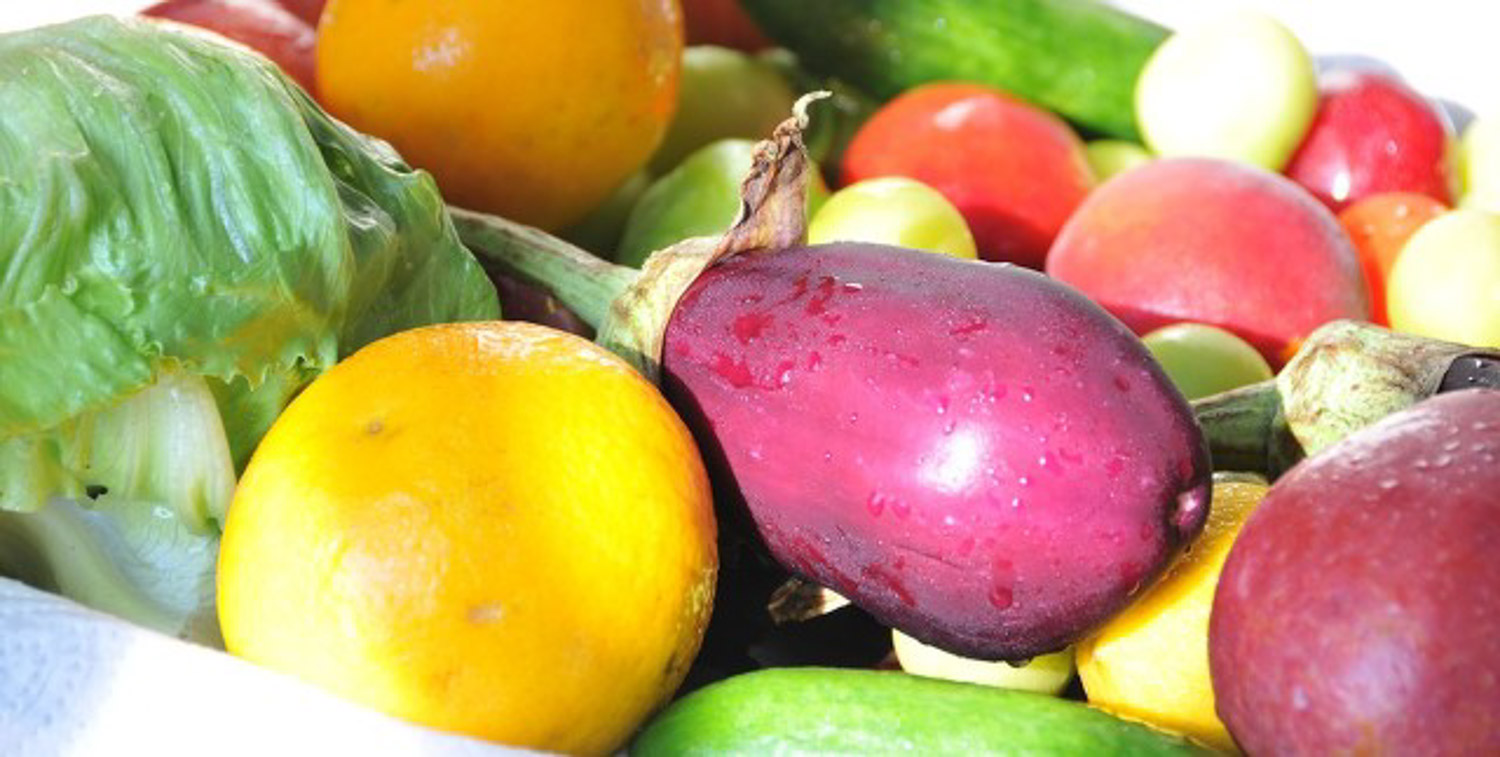
4. Put chicken manure and corn husk into the bucket
5. Go to the countryside to dig some original soil, pour it into a bucket and cover the chicken manure and corn skin
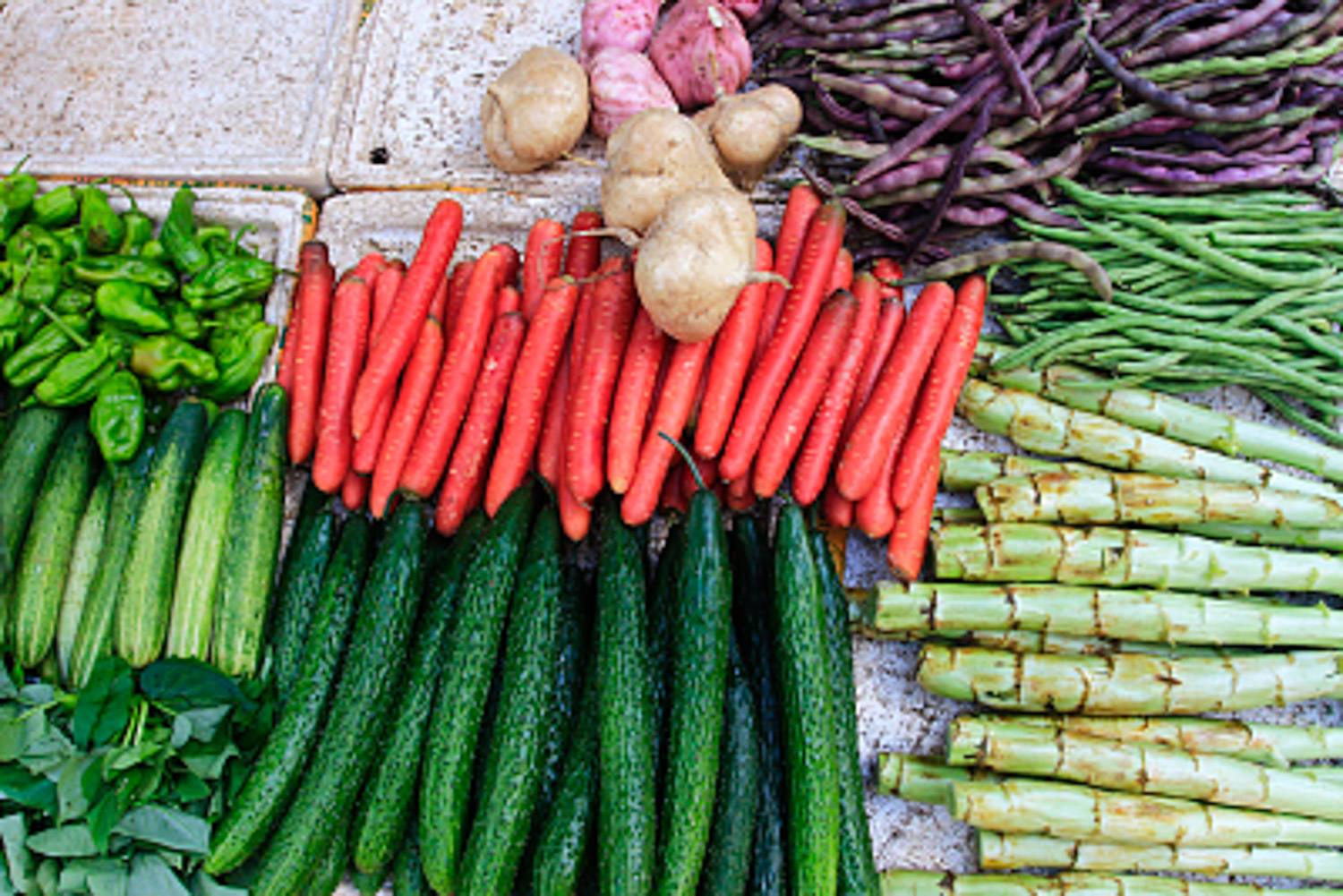
6. Then plant the lotus root in the bucket
7. Put the bucket in a well lit and ventilated environment, preferably an open balcony, terrace, etc. after a period of time, you can find that the lotus root sprouts
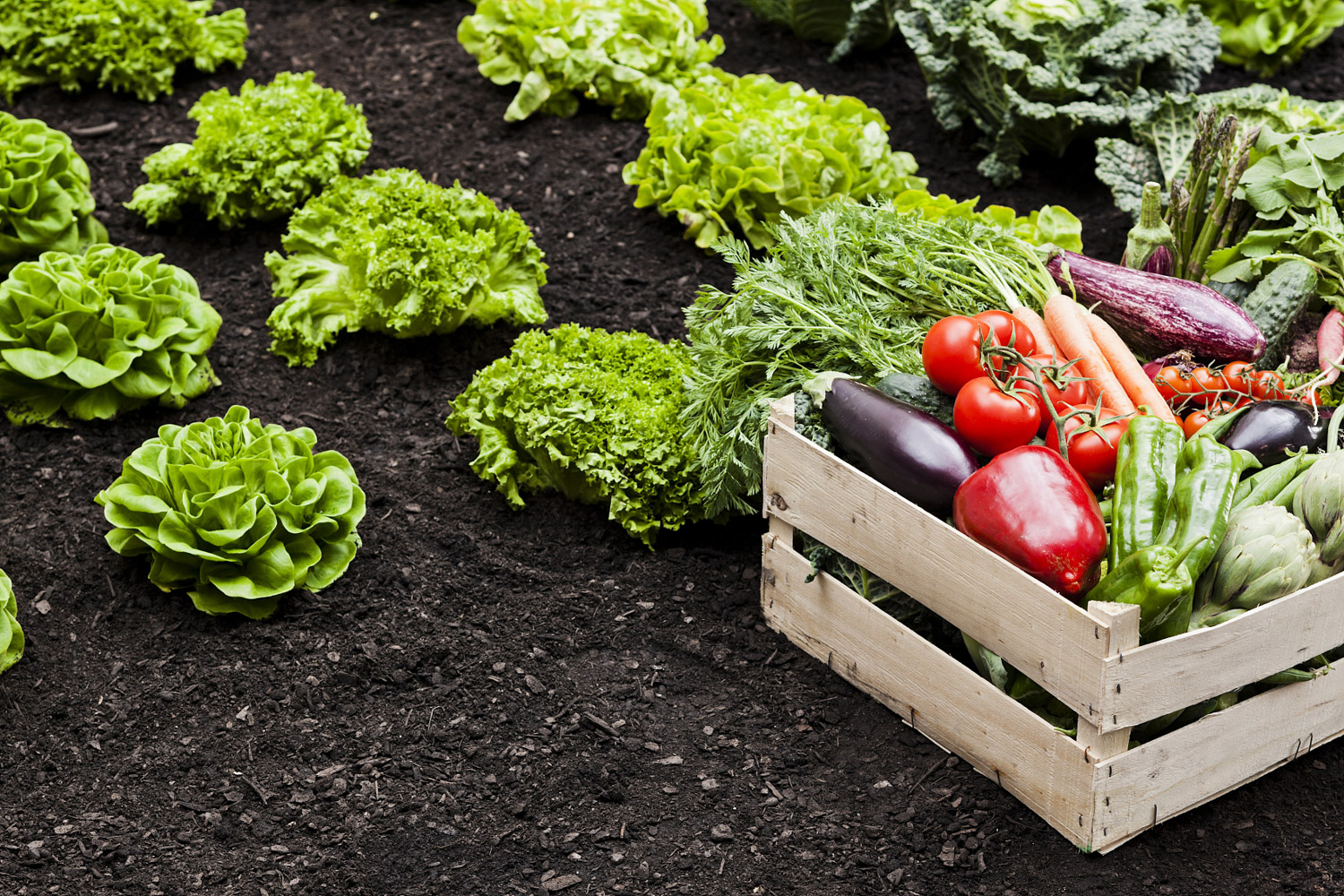
When summer comes, beautiful lotus flowers can bloom
Autumn harvest lotus root, such a big lump, have you been surprised
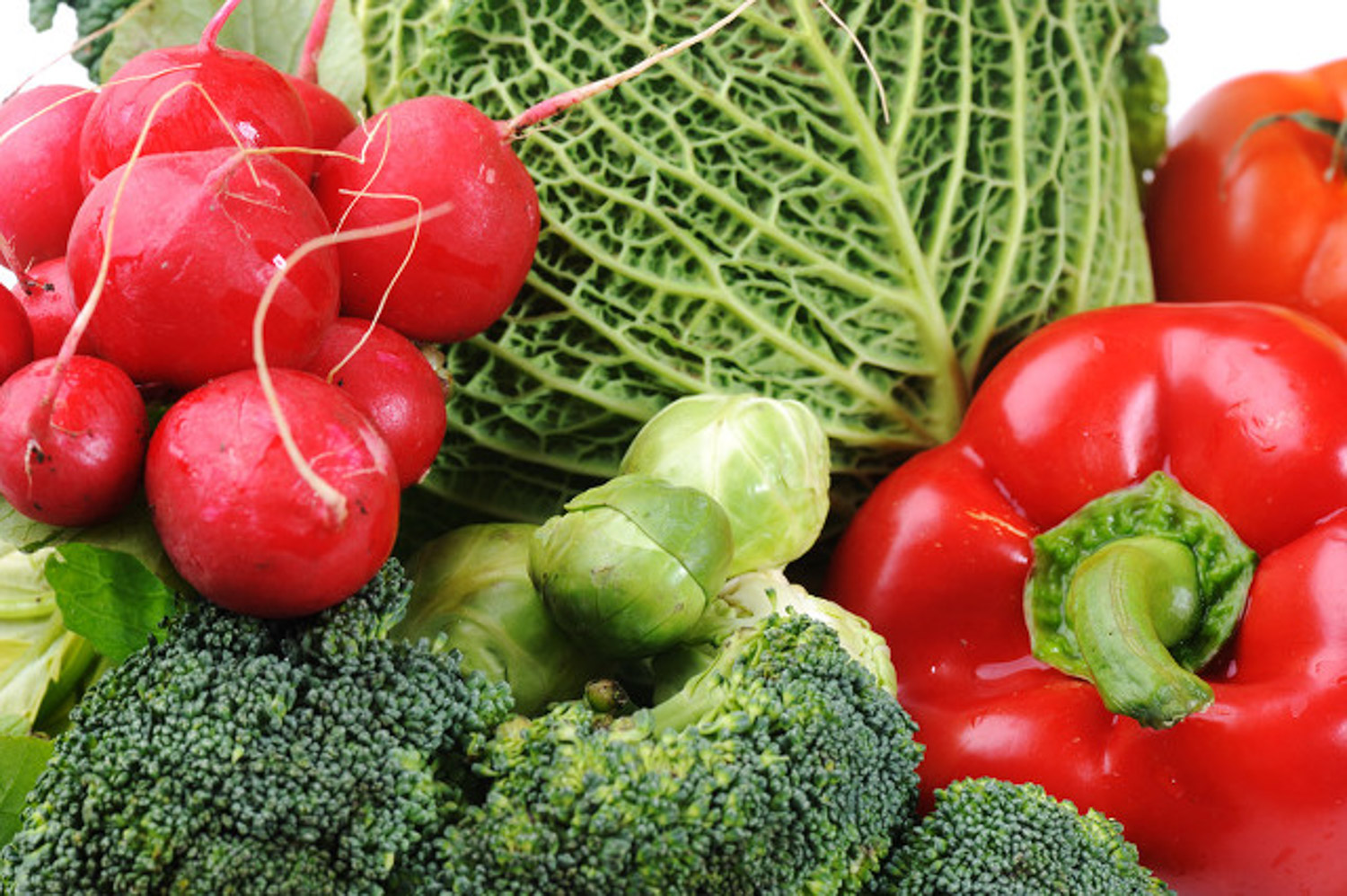
Recommended vegetables
Chili
1. When eating pepper, you can collect some pepper seeds and prepare for sowing after drying
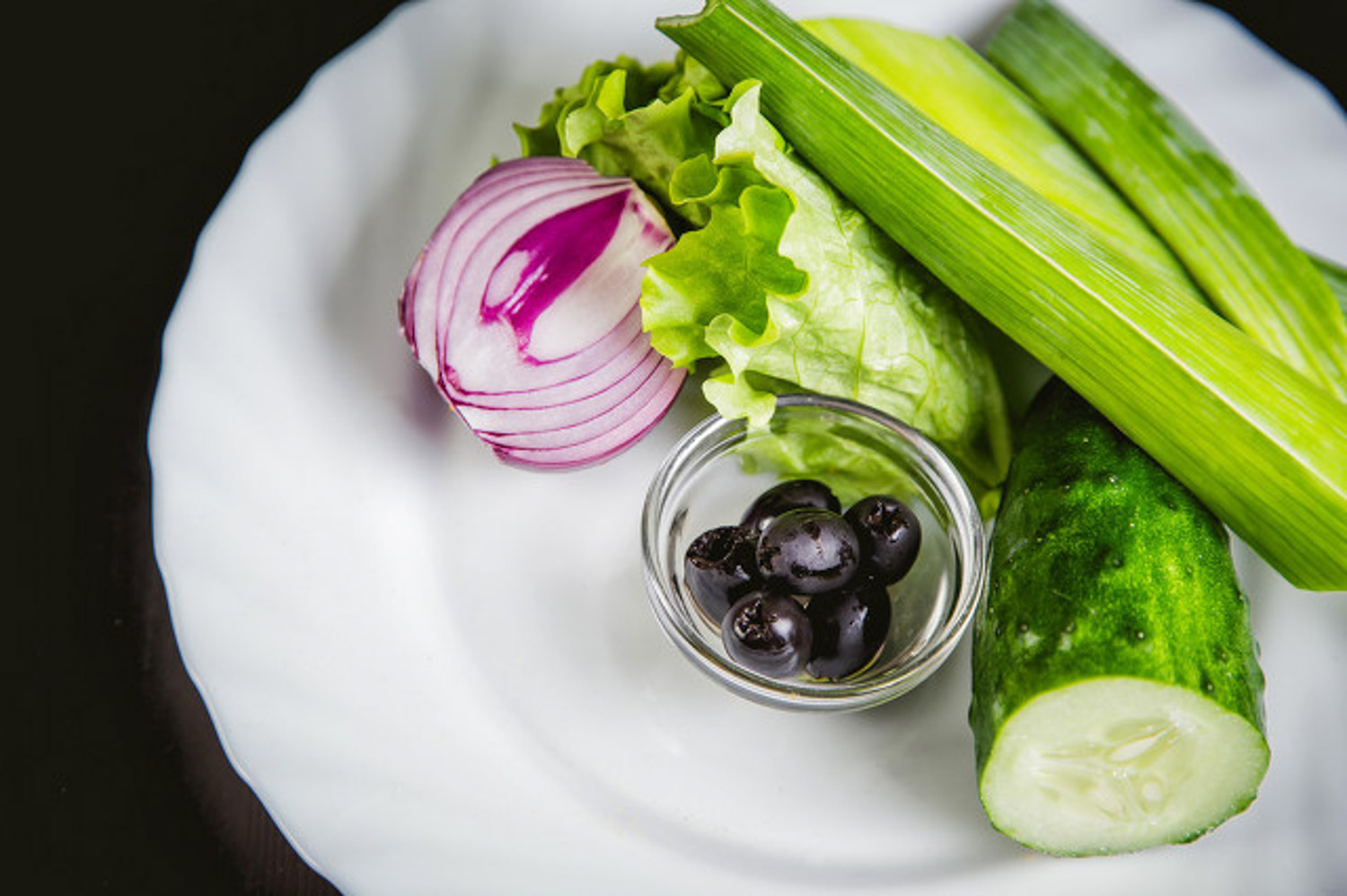
2. Soaking pepper seeds in water for eight hours can promote germination
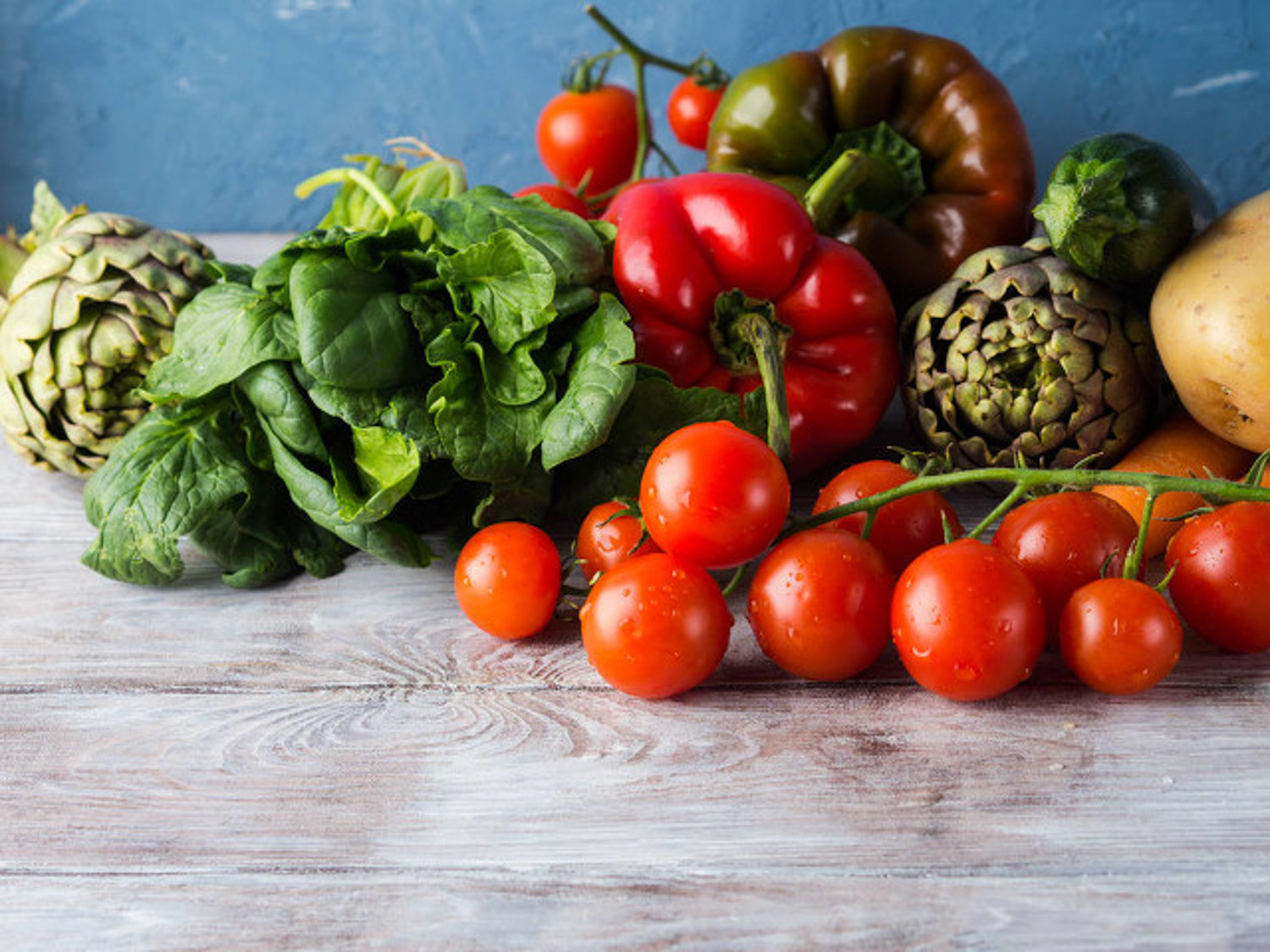
3. Prepare a large flowerpot, put it into loose and breathable soil, sprinkle pepper seeds on the soil surface, and then water it

4. Put the sown pepper in a place with sufficient light, keep the soil moist, and take root and sprout in about a week

When the pepper grows five or six leaves, it can be transplanted. Fertilize according to the growth status, keep the soil moist, and give sufficient light. The pepper will soon bear. Potted red peppers are brighter than flowers~
Recommended plants
Onion
1、it's a pity that the sprouted onion is lost. It only takes two simple steps to turn into a green potted plant

2. Remove the thick outer layer of the onion and leave only the germinated part, as shown in the figure

3. Prepare loose and fertile humus soil, plant the peeled onion buds into the flowerpot, water them, put them in a place with sufficient light, and wait for the full harvest of onions
Recommended plants
Tomatoes
1. Cut the tomatoes (make sure they are ripe) into pieces of about 0.5cm

2. Place the tomatoes in a flowerpot

3. Cover the tomato slices with soil (about 1 cm of soil). If you are worried about the insects caused by tomato decay, you can wash the seeds first and then sow them

4. In about one to two weeks, the tomato seedlings will break through the soil and can be transplanted when the seedlings grow 3-5 real leaves

5. Tomato potting must ensure sufficient light to bear fruit

Recommended vegetables
Taro
1. Wash the taro you bought home, prepare a container, pour some water, and let the bottom of the taro touch the water slightly

2. Insist on changing water every day and take root and sprout after a week
3. After rooting, find a glass bottle and planting basket and plant taro into the planting basket. The planting basket is full of ceramsite and the glass bottle is full of water. Without the attention of the planting basket, don't let the water lose all the roots and leave some space for ventilation
4. After that, put it on the balcony and give the taro enough sunshine, the leaves will slowly open, which is very similar to Dishui Guanyin

Change the water once every 5.3-5 days. If conditions permit, you can also apply some nutrient solution. The graceful taro will grow quickly

Recommended plants
Sweet potato
1. Go to the vegetable market and choose some healthy sweet potatoes. Be careful not to choose those frozen and broken sweet potatoes

2. Wash the sweet potato you bought home, find a plate, pour some water, and put the sweet potato into the water. The water doesn't need to be too much. Don't overflow half of the sweet potato. Put it in a place with astigmatism and ventilation for curing

3. Three days later, the sweet potato will take root: it evaporates quickly in summer. You can water the sweet potato every day
4. After about a week, small buds will grow slowly. At this time, sweet potato can be exposed to more sunlight and grow tall quickly

5. After three weeks, the leaves of sweet potato will grow wildly. At this time, you can trim it and concave some shapes you like. The cut leaves can also be fried, delicious and healthy
Recommended vegetables
Yam
1. It's best to buy yam beans in October and store them in dry sand. Plant them in March the next year. There is no limit to growing yam beans indoors. You can plant them at any time
2. Buy yam beans in the market and choose the one with round body and big head
3. Put yam beans in a basin, put some water at the bottom and spray water on the surface to make it slightly moist. Good germination, basic germination rate 100%

4. In a few days, yam beans will sprout. Just plant the sprouted yam beans one by one in the soil or in a hydroponic bottle
5. Yam growth period should be given sufficient water and light, not long-term shade, otherwise it is not easy to bear fruit
6. Yam belongs to climbing plants. When the vine grows, we should build a shelf for it and let it grow along the shelf

7. When the time is ripe, the yam will bear fruit. At that time, it will be picked, steamed and fried. It smells good
Flower friends, what other vegetables have you grown

Quickly recommend it to Huahua~

 how many times do yo...
how many times do yo... how many planted tre...
how many planted tre... how many pine trees ...
how many pine trees ... how many pecan trees...
how many pecan trees... how many plants comp...
how many plants comp... how many plants can ...
how many plants can ... how many plants and ...
how many plants and ... how many pepper plan...
how many pepper plan...



























